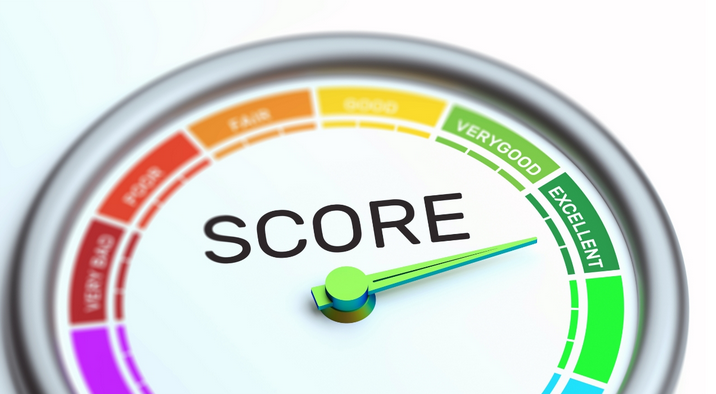Innovations in Credit Assessment: Beyond the Traditional Models

Credit assessment innovations, including psychometric testing and social media analysis, are transforming the lending industry by offering a more holistic view of borrowers’ credit profiles, reshaping traditional models based on financial data.
The Limitations of Traditional Credit Assessment Models
Traditional credit assessment models have several limitations:
- Limited Data: Traditional models rely primarily on financial data, which may not fully capture a borrower’s creditworthiness, especially for individuals with limited credit histories or non-traditional income sources.
- Bias and Inaccuracy: Traditional models may perpetuate bias and discrimination, as they often rely on factors such as race, gender, and zip code in credit scoring algorithms.
- Inflexibility: Traditional models may not adapt well to changes in borrower behavior or economic conditions, leading to inaccurate assessments of credit risk.
Innovations in Credit Assessment
- Psychometric Testing:
Psychometric testing involves assessing borrowers’ personality traits, attitudes, and behaviors to predict creditworthiness. These tests measure factors such as risk aversion, reliability, and conscientiousness, which can provide valuable insights into borrowers’ likelihood of default. By incorporating psychometric testing into credit assessments, lenders can better understand borrowers’ risk profiles and make more informed lending decisions. - Social Media Analysis:
Social media analysis involves analyzing borrowers’ social media profiles and online activity to assess their creditworthiness. Lenders can use data from social media platforms to gauge borrowers’ behavior, lifestyle, and financial habits, which can complement traditional credit data. For example, frequent updates about job changes or travel may indicate stability, while evidence of risky behavior or financial irresponsibility may raise red flags. - Machine Learning and AI:
Machine learning and artificial intelligence (AI) are revolutionizing credit assessment by enabling lenders to analyze vast amounts of data and identify patterns and trends that traditional models may overlook. Machine learning algorithms can detect subtle correlations and relationships in data, allowing lenders to make more accurate predictions about borrowers’ credit risk. Additionally, AI-powered chatbots and virtual assistants can streamline the loan application process, providing personalized guidance and support to borrowers.
Benefits of Innovative Credit Assessment Approaches
- Improved Accuracy:
Innovative credit assessment approaches offer a more comprehensive view of borrowers’ creditworthiness, leading to more accurate risk assessments and better lending decisions. - Enhanced Financial Inclusion:
Lenders can provide credit to people who might have been disregarded or underserved by traditional models by utilizing advanced analytics and alternative data sources. This fosters financial inclusion and credit accessibility. - Reduced Bias:
By concentrating on objective data and predictive analytics rather than subjective criteria like race or gender, advances in credit evaluation can aid in the reduction of bias and discrimination in lending.
Conclusion
Innovative credit assessment approaches, including psychometric testing, social media analysis, machine learning, and AI, are transforming the lending industry by providing deeper insights into borrowers’ risk profiles, enhancing accuracy and fairness, and promoting financial inclusion for underserved populations.
#CreditAssessment #InnovationInLending #AlternativeData #FinancialInclusion #MachineLearning #AI #CreditRisk #FinancialTechnology #Fintech #SocialMediaAnalysis #PsychometricTesting #LendingModels

